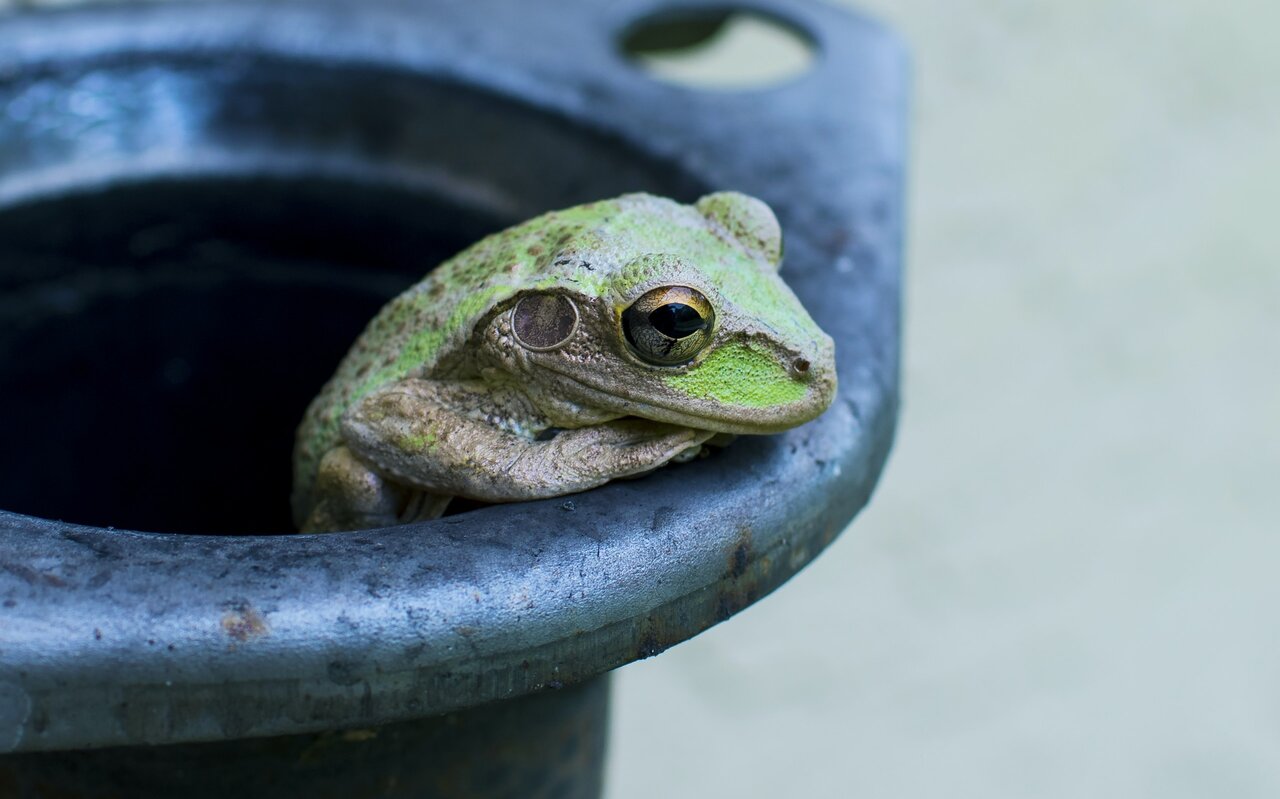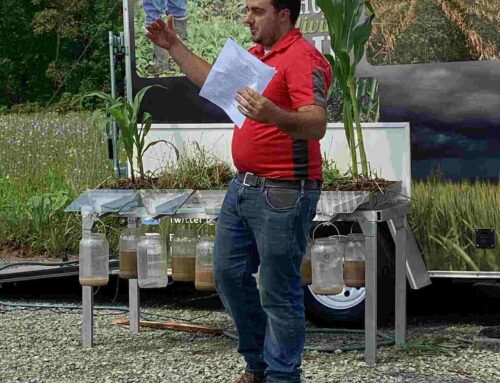Not many of us have seen the birth — and death — of an entire ecosystem, right in our own backyard. But when Tom Mace was 9 or 10 years old, he and his best friend did.
Tom grew up less than 100 feet from the wetlands in Menasha. After a day of catching bait for fishing, he and his best friend came home with two buckets of leopard frogs. When his mom insisted that the creatures couldn’t stay in the buckets overnight, they released them into the wetlands nearby. The next year, “you could hardly hear anything for all the chirping of the frogs.”
The frog population boomed, and the mosquito population dropped. The year after that, black bass moved in and nested, feeding on the frogs. But he never got to see what would have happened in the following year. Instead, a developer filled in the wetlands and built a neighborhood. It killed all the frogs, and the next year the bass left too.
“We lost the wetlands, lost the frogs, lost the bass,” Tom said. “So that’s the sad story of why you don’t fill in wetlands.”

Tom Mace, retired environmental scientist
Tom understood what this experiment was teaching him, and it launched him into a long career in environmental research and monitoring. From the rivers in northern Maine to the mountains of Mexico, and from the glaciers and sea ice of the arctic to the dry land of the American southwest, Tom watched the data accumulate steadily.
“I’m a data and measurement guy,” he said. “There’s data there. Real honest to goodness measurements.” One of his last tasks before retirement was to look ahead to the year 2080 to identify future vulnerabilities. If we don’t make changes to the ecosystem now, what is at risk of damage or loss in the future?
Now that he has moved back home to Menasha, he can’t help but apply this kind of thinking to the same wetlands and lakes he loved as a boy. “I can see how things are, how they used to be (because I grew up here), and I can look ahead based on what I know about changing climate.”
He worries about the blue-green algae that blooms in Lake Winnebago, and whether a large bloom could one day overwhelm our ability to screen toxins out of the drinking water for 200,000 people. He worries that too much vegetation in the water will create anoxic zones – areas of the lake without dissolved oxygen. “Fish can swim out of small zones, but a big zone means dead sturgeon.” And he doesn’t want to see that.
What Tom does want is to preserve all of the natural resources of this community for future generations. And he hopes that everyone is able to find common ground in that goal and not wait any longer to get started.
“If we had understood this in the 1970s, we would have a lot less to do,” Tom noted. “And if we wait until 2050, we’ll be in real trouble.”
“Is Fox-Wolf going to have a big enough impact to cause change?” Tom asked. It depends on whether or not people are willing to act on what we know.
He encourages everyone to look at the data and use their critical thinking skills. “We can’t undo everything,” he said, “but we can change what we’re doing now.”
Watershed Moments is a new publication of Fox-Wolf Watershed Alliance, sharing the stories of how your donations have impacted lives in our community. Read our latest project updates, make a secure online donation, or become a member at www.fwwa.org






